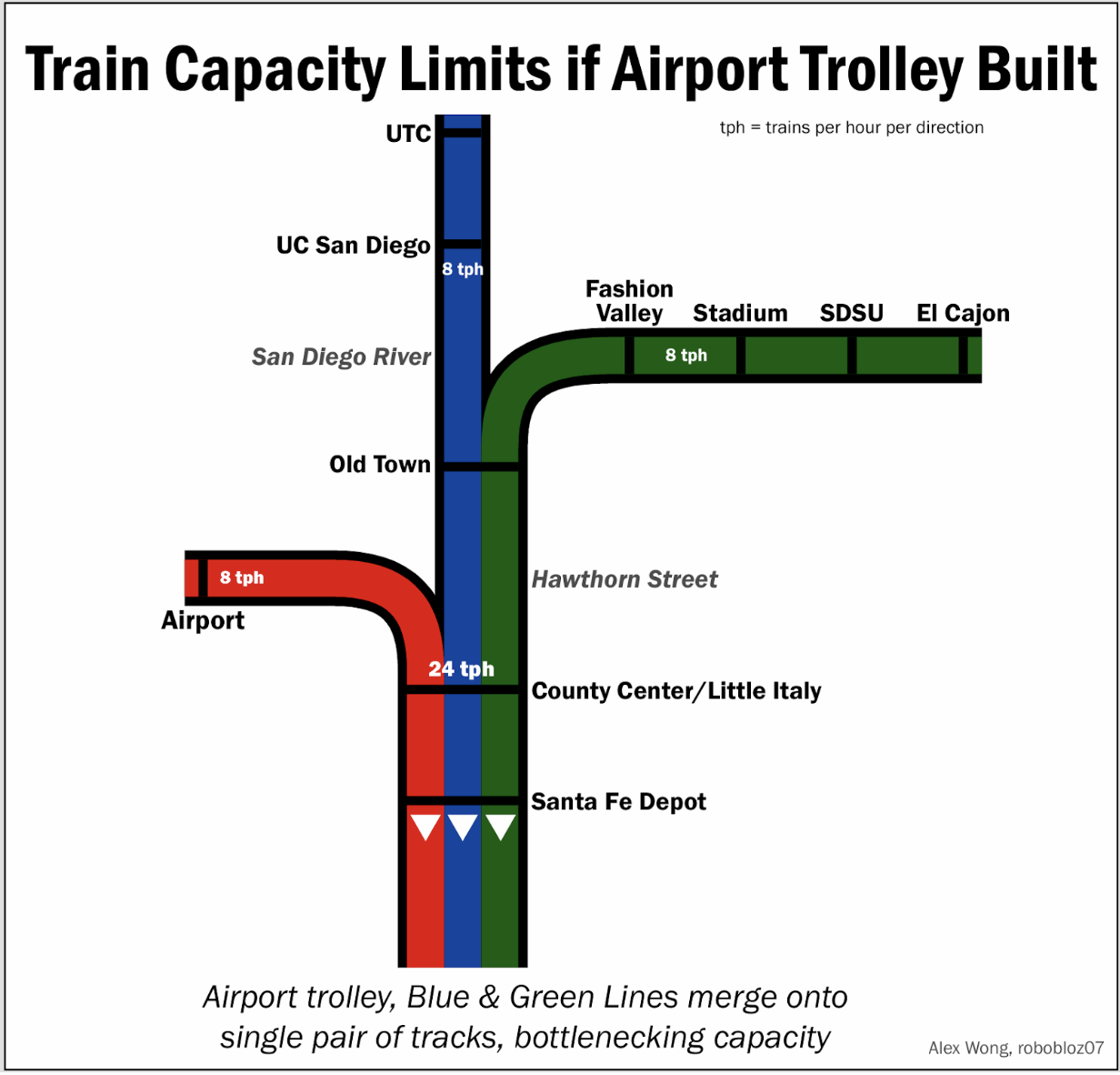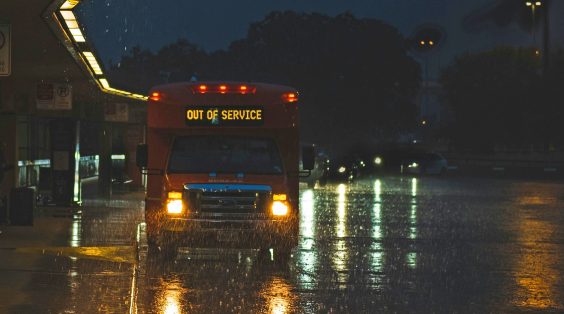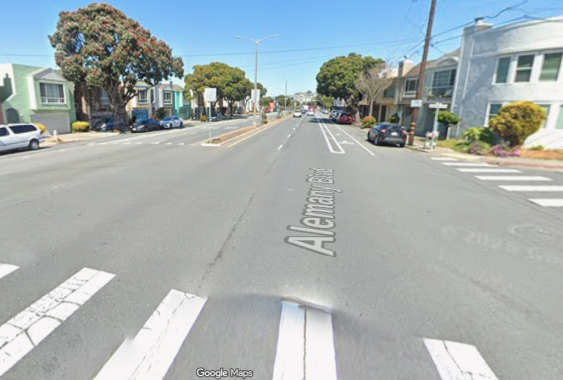I'm payin' attention here!
New York city officials have told state lawmakers that they are wrong in thinking that "distracted pedestrians" are causing many vehicular crashes.
In fact, the opposite is true: only 0.2 percent of pedestrian fatality reports blamed "electronic distraction," according to a new city report that was quietly issued late on Friday.
"Cell phone use by pedestrians does not appear to be disproportionately contributing to fatal pedestrian crashes," the report stated. "In short, despite growing concerns, DOT found little concrete evidence that device-induced distracted walking contributes significantly to pedestrian fatalities and injuries."
Those "growing concerns" refer to a 2017 bill by late State Senator Jose Peralta that mandated the city study, citing unspecified "dangers inherent in acting as a pedestrian while distracted by texting." Other politicians — most notably State Senator John Liu, who has sought to criminalize "distracted walking" — have carried on Peralta's legacy of blaming pedestrians for their own injuries at the hands of drivers. Last year alone, roughly 10,000 pedestrians were injured by car drivers, who caused more than 228,000 total crashes, according to city data.
The city's report, "Distraction Shouldn’t Be Deadly," offers no evidence of widespread distracted walking, citing the 99.8 percent of crash narratives that simply do not mention any texting or phone use at all. The city also sent observers to three signalized intersections in Queens: Queens Boulevard and 44th Street; 34th Avenue and 30th Street, and Broadway and Hooper Street. The agency noticed that many pedestrians were indeed on their phones when crossing, but 87 percent were "not distracted" when crossing the street.
The conclusion: "Cell phone use by pedestrians does not appear to be disproportionately contributing to fatal pedestrian crashes."
That said, it is foolish to suggest that smartphone use — whose ownership nationally has risen from 35 percent of people in 2011 to near ubiquity today — has not played some role in the 50-percent increase in pedestrian deaths nationally over the last decade. As Streetsblog has reported, pedestrian deaths hit a national low in 2009, when 4,109 people were killed. By 2018, that number had risen to 6,227.
The city report showed that despite the increase in pedestrian deaths, a pedestrian's use of an electronic device just before a crash still amount to .2 percent of incident reports.
The report said the city would not focus on blaming distracted pedestrians but it would continue in-school programs with middle-school kids, who are likely walking unaccompanied for the first time just as they begin to acquire smartphones of their own. That program is called "Cross this Way."
But the larger message is clear: Drivers are to blame, and roadways must be made safe so that their errors and speeding do not result in death.
"DOT believes that the best way to address distracted walking, and all forms of distraction, is by creating a road environment focused on speed management – where vehicles are traveling at a safe speed so that crashes can be avoided, and when crashes do occur they are not fatal or severe. People will inevitably be distracted when they walk with mobile devices, or may be distracted in other ways. But, in line with New York City’s Vision Zero policy, this common human error should not result in death."
Read the report yourself below:
New York City DOT Report: Distraction Shouldn't Be Deadly by Gersh Kuntzman on Scribd






